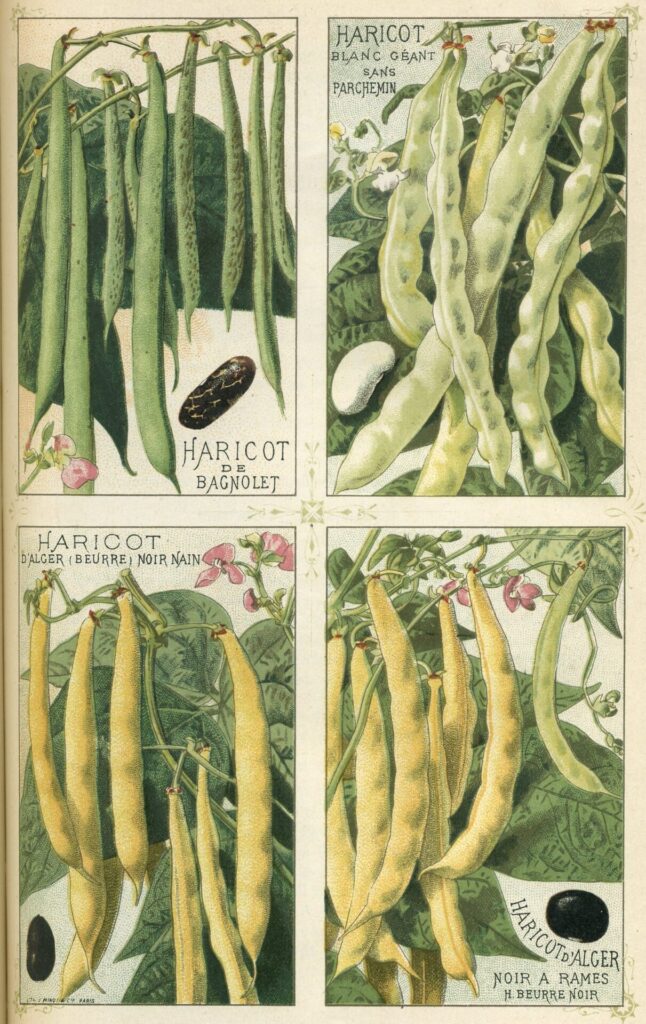The common bean was grown by Indigenous people in North America long
before first contact. The Pole Bean is referred to as one of the “Three Sisters”, Climbing Beans,
Corn and Squash, companion plants that grow together well and are complimentary foods when
eaten together. Bush beans, now known as Snap Beans, over many centuries gradually made
their way North from South America, through trade and then were distributed to the old world
to compliment the many varieties that came from Europe and the East. Beans can be eaten
raw, in the pod off the vine, cooked or when allowed to mature fully, the seeds can be removed
from the pod and dried for long term storage. Beans have been eaten worldwide by humans for
millennia as an extremely varied and versatile food source. In perfect growing conditions they
are very prolific and dependable. Snap beans are the variety that is routinely eaten with the
pods intact.






